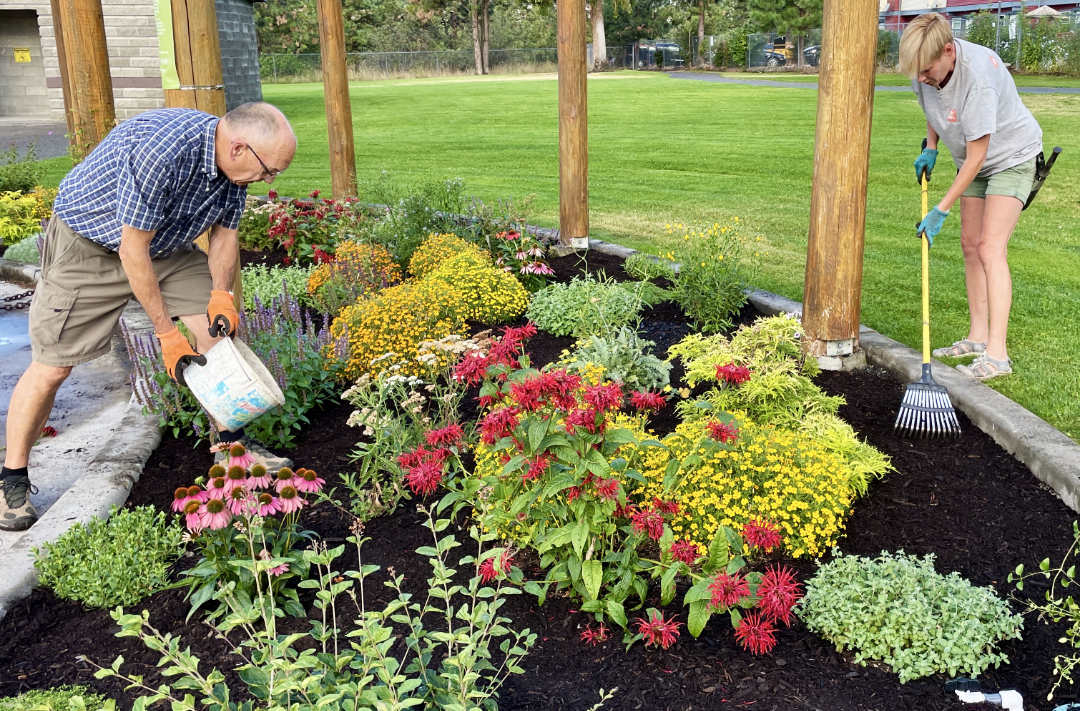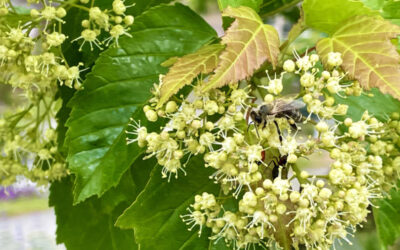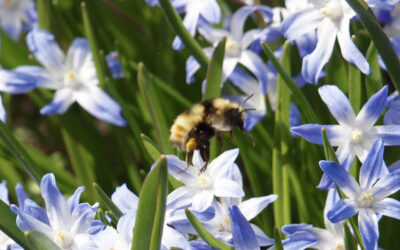Gardening with Nature
Article by Sigrie Kendrick
Survival Tips for Your Garden in Hot Weather
Hot weather can be tough on even xeriscape plants, so I thought it timely to discuss how to cope with heat stress in your garden.
Most plants, including xeric plants, do not like temperatures around and above 35 C and they have various ways of showing their displeasure.
- Leaf Curling or Cupping
You may notice the leaves of your plants curling or cupping in response to extreme temperatures, as the plant tries to minimize the leaf surface and thereby reduce moisture loss. This occurs through pores in the leaves called stomata. This curling or cupping is often seen in your vegetable garden on tomato plants. - Wilting
Wilting plants are another early sign of heat distress in your garden. Wilting occurs when plants are losing moisture faster than they are able to take up water from the soil, causing the cells in the leaves and stem to collapse and the plant to go limp. Wilting is also a type of survival strategy as the wilted leaves will have less surface area exposed to sun and drying wind, therefore conserving what little water remains in the cells. - Dry Leaf Edges
You may also notice plants with dry leaf edges as the plant makes the decision to sacrifice a portion of the leaf surface to maintain the majority of the leaf health.
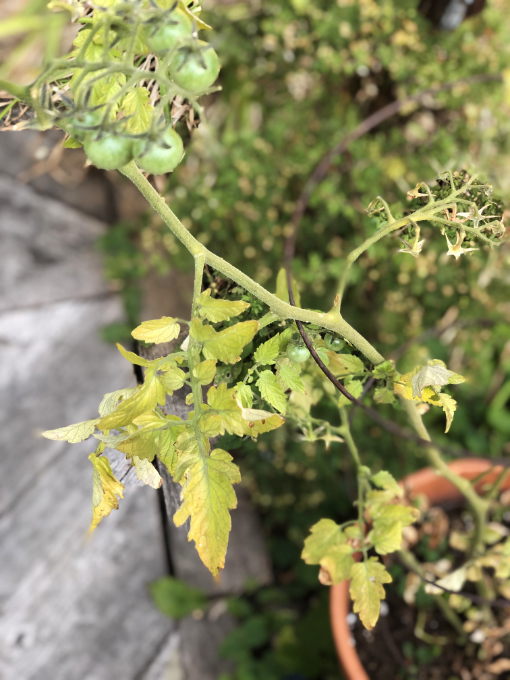
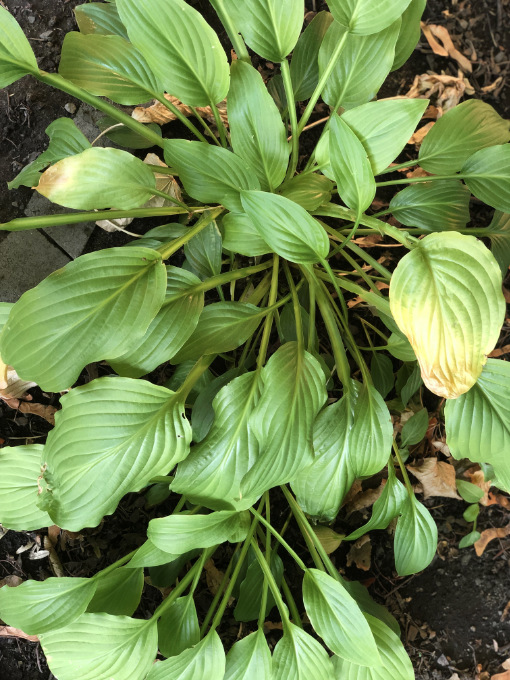
I was recently asked exactly how the Okanagan Xeriscape Association’s demonstration garden in Kelowna survives heat waves so successfully.
My response is that you can reduce the heat stress on plants in your garden in a variety of ways, beginning with effective watering.
Watering
Drip irrigation applies water to the root zone where it is most beneficial for plant survival during extreme conditions.
The Regional District of the Central Okanagan has determined that drip irrigation can decrease your water consumption by 30-50 percent, compared to overhead watering, where much of the water is lost to evaporation.
At the UnH2O Garden we run a drip irrigation system in the early morning, watering deeply, but infrequently, to encourage deep-rooting, healthy plants, which are better able to withstand heat.
Mulch
Equally important to the survival of plants during extreme weather conditions is the use of a generous layer of mulch. OXA volunteers annually apply a layer of mulch in the spring to the entire garden.
This mulch layer of organic material has a triple benefit: it is extremely beneficial in conserving moisture in the soil, but it also moderates soil temperatures and it suppresses weed growth. As the applied mulch breaks down it then feeds the plants in the garden, leading to stronger plant material.
However, none of the above applies to a rock or gravel mulch, which instead adds additional heat to stressed plants; increases the soil temperature and encourages more evaporation. Weed seeds are captured in the crevices between the rocks or gravel, along with enough dust for them to germinate and they are even more difficult to remove than from a compost mulch.
